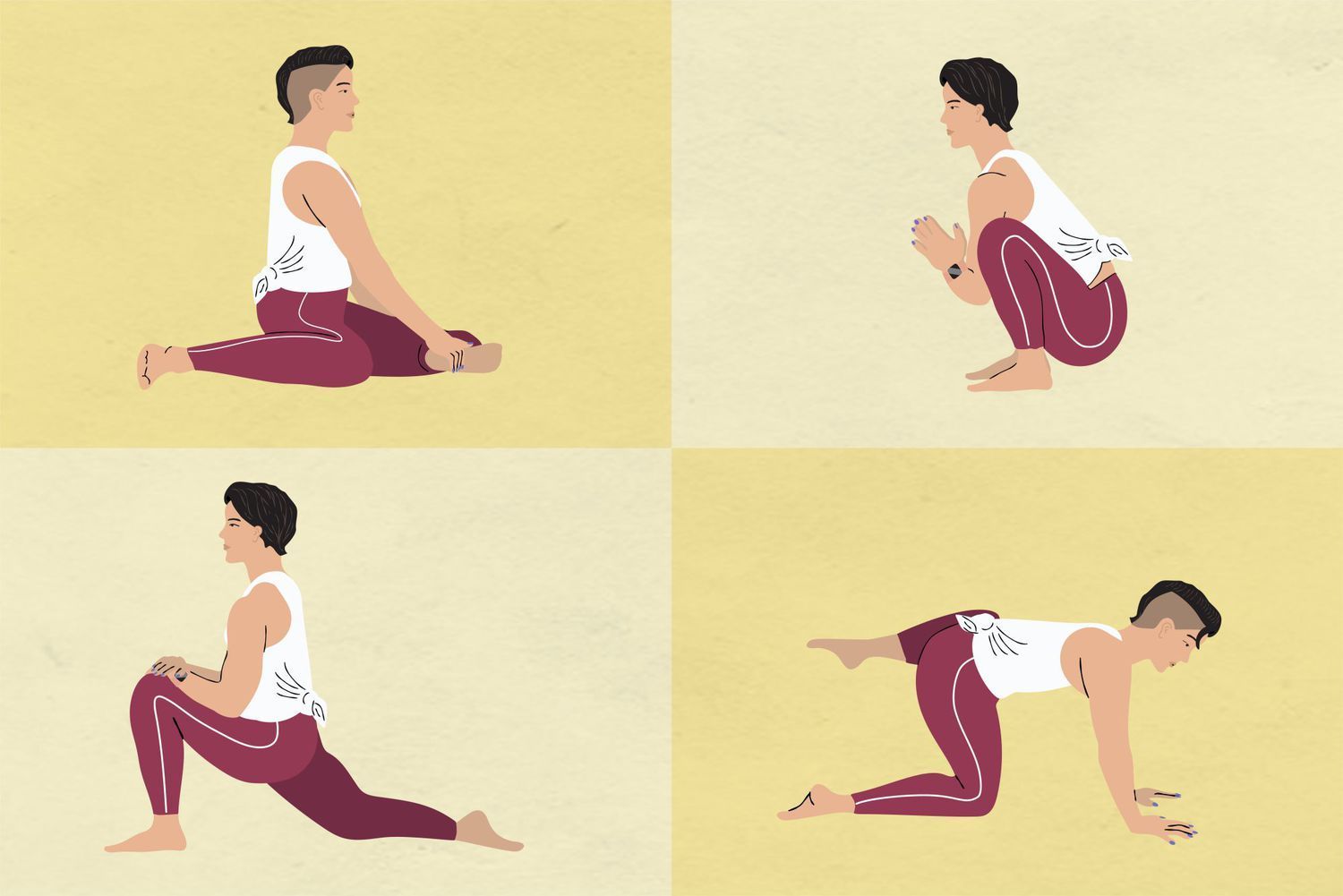If you suffer from tight hips that affect your posture and your ability to squat, there’s a very good chance that Fitness PILATES can help you!
Benefits of Hip Flexibility
Improve Your Posture
Tight hips lead to a hunched back while sitting, and can also create anterior pelvic tilt while standing and walking. Multiple factors influence posture, but hip mobility is at the top of the list for improving it – and you’ll notice the changes within weeks.
Reduce Back Pain
Did you know that one of your hip flexors, your psoas muscle, attaches to your lumbar spine? That means tight hip flexors can directly pull on your lower back, pitch you forward into a sway back posture, and contribute to injuries and pain especially during exercise. A surprise benefit for many hip stretching students is a measured and rapid reduction in back problems.
Reduce Knee Pain
Have you ever watched runners at the finish line of a marathon? Notice how they swing their feet from side to side? That’s because when you’re tired, your mobility takes a hit, and tight hip flexors make it hard to stride properly. Why does this matter? Abnormal walking and running patterns put stress on your knee ligaments and cartilage in unusual ways. This also shows up when squatting. If your hips are tight, you end up putting too much pressure on your knees instead of loading your hips naturally. The good news is that hip stretches can improve your movement patterns, reduce knee pain, and even prevent injuries.
Squat Deeper
When your hips are tight and you try to squat, either your heels pop up or your knees buckle inward. Both situations cause you to lose power and strain your joints. Squats are complex movements, but the key muscles involved are your hamstrings, glutes, and adductors.
Sit Cross-Legged
Squat depth usually gets all the attention, but being able to sit cross-legged on the floor without your knees popping up and your back rounding is just as important. With the right stretches, you’ll be able to sit on the floor with relaxed knees and a straight spine.
Enjoy Working Out Again
It’s hard to get excited about a gym workout, a yoga class, or going for a jog when your joints ache and struggle with basic range of motion. As mobility improves, many people find renewed joy in exercise they thought was gone forever. You too might learn that when you can move better, you’ll enjoy moving more.
More Speed, More Power
If your hip mobility is limited, it restricts your hip extension, running gait, and your ability to squat and exert force. Mobile hips allow for greater physical performance, and that’s why athletes, from runners to powerlifters, obsess over hip flexibility.
The Modern Tight Hip Problem
The very first thing that every Western yoga teacher notices in Southeast Asia is that tight hips are very rare. Why? Natural movement patterns are still very common in the region. Squatting is a normal part of daily life for most people; there are squat toilets, temples have no chairs, etc.
But what about you? When was the last time you dropped down into a full squat to wash your laundry, peel a carrot, or use the bathroom? The answer is probably never, and that is a huge part of the modern tight hip problem. The average person living in a Western country rarely flexes their knees past 90-degrees or squats at all.
Think about it. You wake up, roll out of bed, and sit down on a knee-high toilet. You make breakfast and sit on a chair or a stool that is at bum-height (or higher). You get into a car (again in a seat), arrive at work and promptly sit down in an office chair. The muscles and tissues that affect flexion and extension, adduction and abduction, internal and external rotation are barely used at all.
Interestingly, this is not true for children. Most kids sit on the floor, squat to play with toys, and move through a full range of hip motion throughout the day. By age 10, most kids are starting to move more like adults (meaning less) and they begin to lose flexibility. Without training, by our teenage years, most of us are just as stiff as an adult. That’s the bad news. The good news is that you can change this. It doesn’t happen overnight, but with consistent practice, you can make massive gains in flexibility.
The Danger of Tight Hips
Many people assume that tight hips are simply inconvenient. You can’t sit comfortably on the floor, many yoga poses are out of reach, and you get fidgety and uncomfortable in the car and on planes. But it’s much worse than that.
When your hips are tight, you automatically adjust your movement patterns to make up for it. When you squat, your feet turn out and your heels pop up. When you sit cross-legged, your back hunches up into a ball. When you run, your hips don’t fully extend, so your running gait turns into a clumsy waddle, especially when you become fatigued.
All these movement workarounds contribute or even cause chronic back and knee pain, among other problems. When you’re walking, sitting, and running around with poor posture, you’re simply more prone to injury.
Hip Flexibility Involves 20+ Muscles
Most people don’t realize that hip joint mobility is affected directly or indirectly by more than 20 different muscles, including various hip flexors, extensors, rotators, abductors, and adductors. And this doesn’t even take into account the fascia.
True hip mobility is complex and multifactorial, so a mobility program has to include long-hold poses to access all those muscles and you need to practice a variety of poses to hit the various areas in different ways.
Our Fitness PILATES classes incorporate many different hip-flexibility exercises without you even noticing them, so why not come along and see what our classes could do for you?


